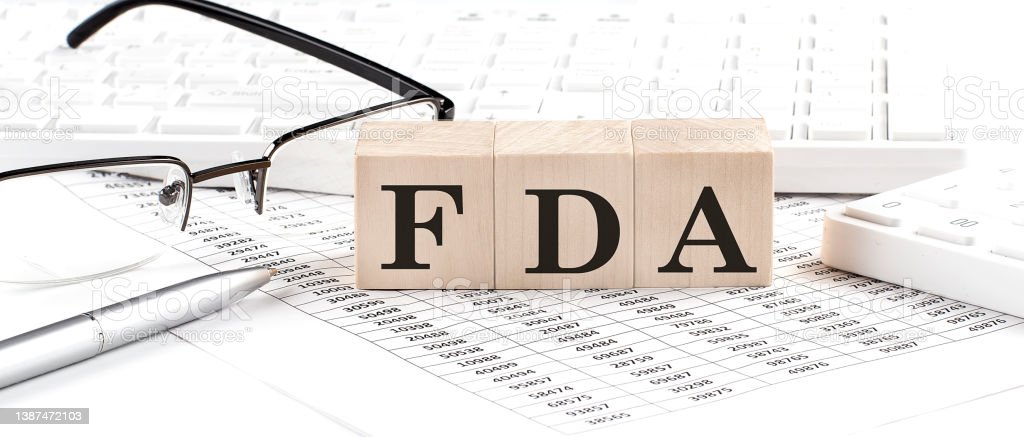1. Purpose
- To ensure that vendors comply with regulatory requirements, quality standards, and contractual obligations.
2. Scope
- This procedure applies to all vendors providing goods or services to the organization.
3. Responsibilities
- Management:
- Appoint an audit team.
- Review audit findings and take appropriate actions.
- Audit Team:
- Conduct audits according to this procedure.
- Document audit findings and recommendations.
4. Pre-Audit Preparation
- Selection of Vendors:
- Identify vendors to be audited based on risk assessment, performance history, and criticality to operations.
- Audit Planning:
- Define audit objectives, scope, and criteria.
- Schedule audit with the vendor and internal stakeholders.
- Documentation Review:
- Review vendor contracts, quality agreements, and previous audit reports.
5. On-Site Audit Procedures
- Opening Meeting:
- Introduce audit team and explain objectives.
- Review audit agenda and expectations.
- Documentation Review:
- Verify vendor documentation such as quality management system procedures, certifications, and records.
- Facility Inspection:
- Evaluate vendor facilities, equipment, and infrastructure for compliance with regulatory and quality standards.
- Interviews:
- Conduct interviews with key personnel to assess knowledge, training, and adherence to procedures.
- Sampling and Testing:
- Collect samples of products or materials for testing if applicable.
6. Audit Reporting
- Findings Documentation:
- Document audit findings, including observations, deviations, and non-conformities.
- Root Cause Analysis:
- Identify root causes of non-conformities and deficiencies.
- Risk Assessment:
- Assess the risk associated with identified issues.
- Report Preparation:
- Prepare a comprehensive audit report detailing findings, conclusions, and recommendations.
7. Post-Audit Activities
- Corrective Actions:
- Issue corrective action requests to the vendor for addressing non-conformities.
- Follow-Up:
- Monitor vendor responses and corrective actions.
- Conduct follow-up audits as necessary to verify effectiveness of corrective actions.
8. Audit Closure
- Final Review:
- Review audit findings, corrective actions, and closure status.
- Approval:
- Obtain approval from management for audit closure.
- Documentation:
- Archive audit documentation for future reference.
9. Records Management
- Retention:
- Maintain audit reports, correspondence, and records in accordance with regulatory requirements and organizational policies.
- Accessibility:
- Ensure that audit records are readily accessible for regulatory inspections and internal audits.
10. Training and Continuous Improvement
- Training:
- Provide training to audit team members on audit techniques, regulations, and quality standards.
- Lessons Learned:
- Conduct periodic reviews of audit findings to identify trends and opportunities for improvement.
11. References
- List applicable regulatory requirements, industry standards, and organizational policies guiding vendor audits.
12. Definitions
- Define key terms used in this procedure for clarity and consistency.
13. Revision History
- Document changes made to the procedure over time, including revision dates and reasons for updates.
- For more articles, Kindly Click here.
- For pharmaceutical jobs, follow us on LinkedIn
- For Editable SOPs in word format contact us on info@pharmaceuticalcarrier.com
- For more information kindly follow us on pharmaguidelines.co.uk











